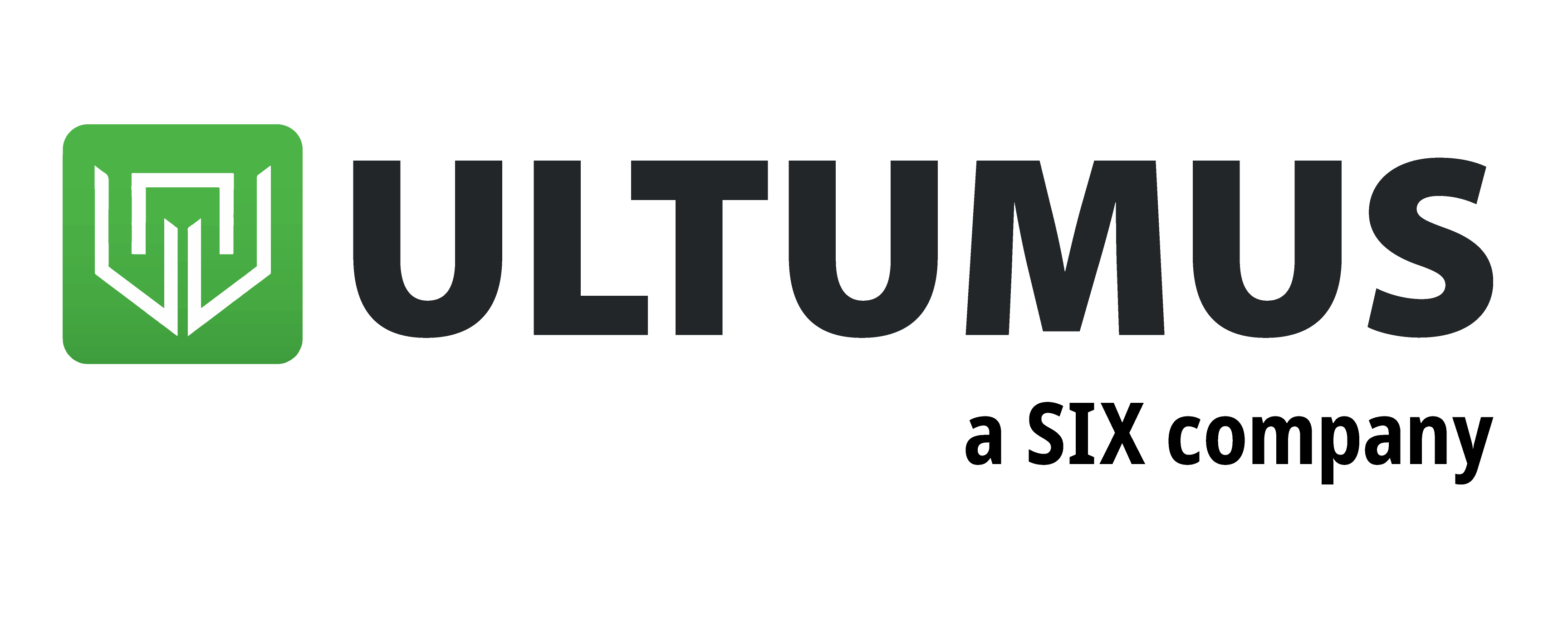Europe corporate and government bond ETFs saw outflows last week as investors reacted to eurozone inflation increasing at its fastest rate in more than a decade.
According to data from Ultumus, the $11.5bn iShares Core € Corp Bond UCITS ETF (IEAC) and the $6.9bn iShares € High Yield Corp Bond UCITS ETF (IHYG) saw outflows of $349m and $233m, respectively, in the week to 19 February.
Likewise, the $1.4bn SPDR Barclays Euro Government Bond UCITS ETF (SYBB) and $3.6bn Xtrackers II Eurozone Government Bond UCITS ETF (DBXN) suffered 25.6% and 4.2% cuts to their AUM, as they booked $348m and $128m outflows apiece over the same period.
The outflows come after eurozone inflation posted its largest month-on-month increase in more than ten years, with consumer price inflation jumping from -0.3% to 0.9% between December and January.
After five months of price cuts, a series of one-time phenomena saw European consumer prices shoot up in January with inflation hitting its highest level since the coronavirus pandemic began.
These drivers included a reversal of Germany’s temporary value added tax reduction, changes to the sector weightings used to calculate inflation and increased energy and materials costs, alongside supply chain disruption, pushing up production costs.
While fears remain that additional fiscal support and the reopening of leisure and shopping outlets might contribute to further price increases on key inputs, the consensus among analysts is that any hike in inflation will be temporary rather than secular.
In fact, the deflationary effect of the coronavirus pandemic is expected to remain, with eurozone core inflation expected to sit around the 1% mark in 2022 – just shy of its 1.4% level for January.
In the meantime, it appears that investors are attempting to shield themselves from the downside risks posed to bonds by near-term inflation in the eurozone with many looking further afield.
Athanasios Psarofagis, ETF analyst at Bloomberg Intelligence, said: “You are seeing some aggressive outflows from the EU and US bonds ETFs buts it has been countered with some strong inflows into China bonds ETFs.”
Inflation: The biggest risk facing investors over the next year
Likewise, AJ Bell’s head of passive portfolios, Matt Brennan, said investors are embracing the coronavirus recovery narrative by shifting their allocations towards cyclical equities.
“This sort of thing will be the driver, as people position for the consequences of a return to ‘normal’. We have positioned ourselves towards equities with a more value tilt for example,” Brennan added.
“Others are taking similar views and it is driving the trends.”






